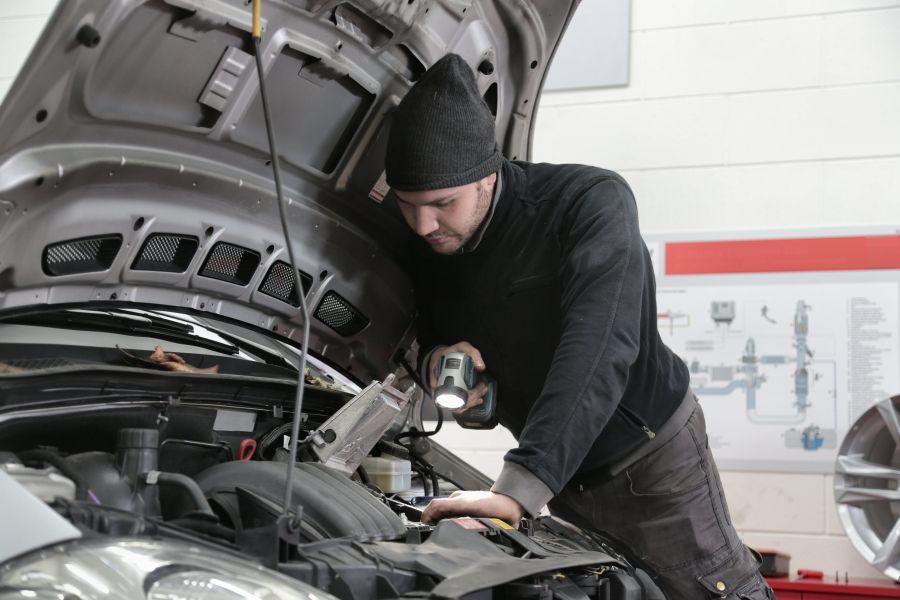Imagine this scenario. You are headed home from work one fine evening and your engine doesn’t seem to stop rumbling. Here’s where an OBD comes in handy. Get answers to your questions by checking out car obd2 scanner.
What is OBD?
The Onboard Diagnostics is a scanner that detects problems in your car. Thanks to technology, you can now do a quick fix while at home instead of rushing to the mechanic. The OBD is a computer system for your car that transmits data including the mixture of the exhaust gas and also the engine temperature.
Additionally, it will also monitor the speed of your engine, the time your engine takes to ignite, and even automatic transmission of the shift in your engine. It functions by detecting changes in your vehicle to ensure efficiency and gives you an indication when something is faulty. How exactly will the OBD identify irregularities in your car system to ensure it functions effectively?
Engine Room Problems
When your car turns on the malfunction indicator lamp (MIL), it signals an issue to fix. The OBD is transmitting data to show problems in the engine system. As a result, you will notice lights on the dashboard. You will have to check the powertrain or even service the engine.
When the engine control system has a problem, the light may go on and off at intervals or even remain on for the whole time until you fix the problem. Furthermore, the scanning tool gives you time to prepare yourself for possible scenarios with an engine problem by detecting issues before becoming worse. However, the MIL light can go on for petty reasons as when your gas cap is loosening. Nevertheless, an engine check-up is essential when the engine light is on.
Blown Fuse
The OBD functions by detecting problems in your car system. Should you be unable to read any code even after plugging in your diagnostic carport, a blown-up fuse is eminent. A fuse on the engine control module (ECM) can blow off, thus having zero transmission. A blown-up fuse is mostly an indicator of having a short circuit problem in your engine.
Port Clog
The build-up of dust over the years can result in sediment accumulation in the scanning port. As a result, you tend to have no reading when you use an OBD. You can purchase a high-quality scanner at OBDstation.com for proper diagnosis. Efficient remedies include wiping the area with an article of dry clothing or air blowing the area surrounding the port.
Aging Engine Parts
The OBD can transmit previous and current information that allows you to identify how your engine is functioning. As a result, you can tell vehicle parts that are wearing out and need replacement. The good news is that you can replace the engine parts in time before more wear and tear cost you more money.
Emission Problems
The OBD can monitor the engine emission levels. Therefore, you can tell when your car is developing emission problems as a result of fuel vapor leak to the environment. In most instances, when the hydrocarbon content in the fuel becomes more by 1.5, the engine light goes on. You need to know that the MIL goes on even without difficulties with driving.
Engine Misfire
You can be aware of your engine is functioning effectively or not. As a result, the misfire limit depends on the position of the crankshaft and speed. What does this mean for you? The OBD detects changes in your engine when it experiences differences in the crankshaft speed. As a signal, the computer keeps track of the variations registering a code to show misfire which will, in return, tell you by checking the engine light.
How it Works
The OBD has a code reader that can access and clear the running codes from your car after fixing the problem. On the other hand, a scan tool can give you unlimited access to present and historical data of your car’s engine. To identify the diagnosis of a scanner, here are easy steps to follow: Always ensure your vehicle is off before connecting the scanner to the diagnosis port.
However, it is important to note that you should always have your car during scanning. After that, you should have your car information at bay, such as the engine type and the model to input the necessary information. Press the button to allow the car scan. Depending on your engine’s functionality, you will have several codes to indicate a problem in your car engine.
Moreover, it is important to write down the codes you see before clearing the codes and switching off the MIL light. To remove the fault codes, you can use an AutoTap or the scanner. You can find a manual to further explain the code’s diagnosis, or consult your mechanic in extreme cases.


